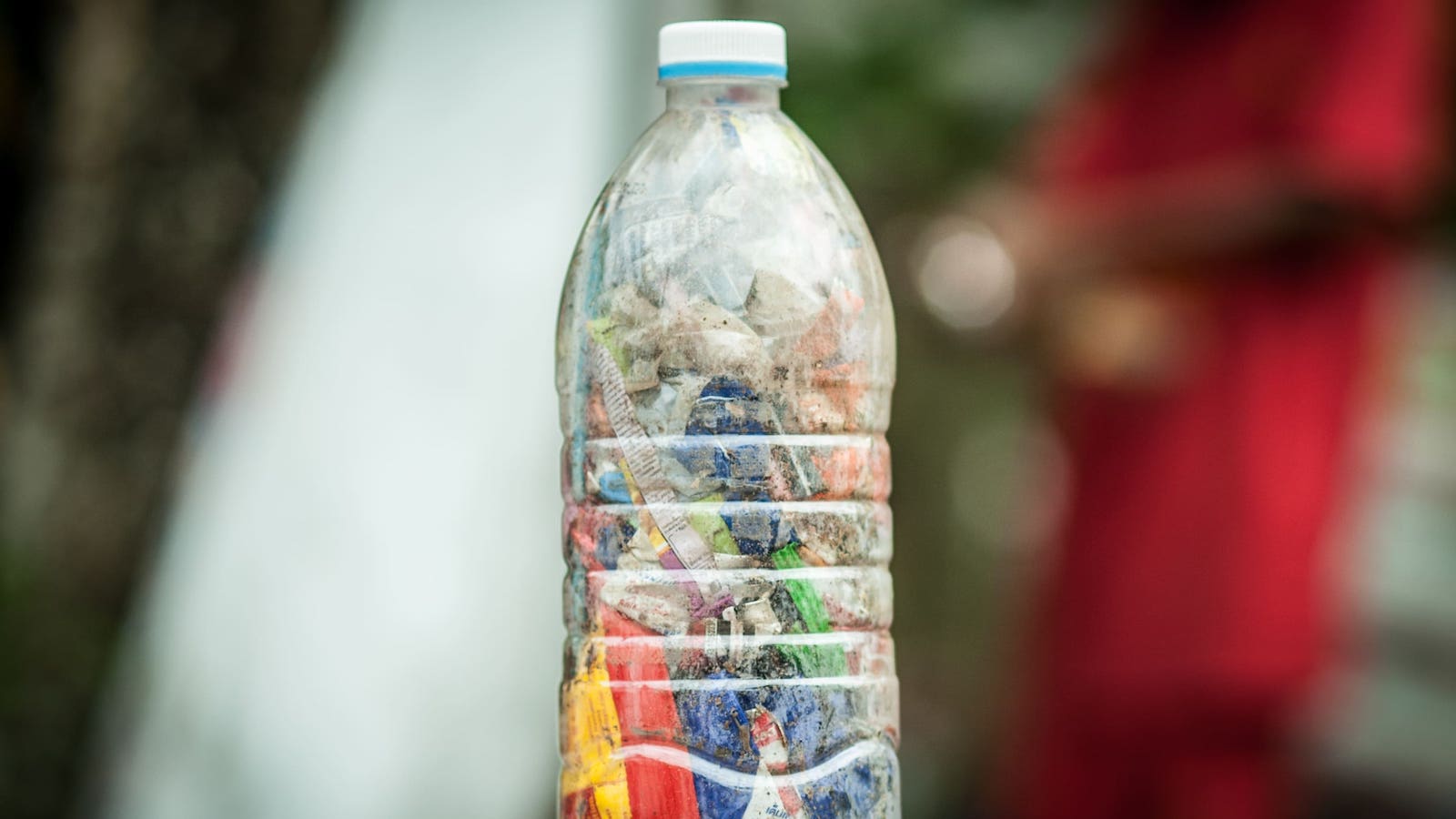Will homes of the future be made of plastic building bricks? With the explosion in popularity of newly-termed “ecobricks,” it could be possible. Ecobricks, and the act of making them (called ecobricking), are giving hope to lesser-developed countries ridden with plastic trash.
Ecobricks can be made through multiple methods, ranging from a DIY home project to a corporate manufacturing line. Plastic that would otherwise end up in landfills or as litter are collected, reformed, and used as building blocks. Around the world, individuals are taking it upon themselves to craft ecobricks in their own homes.
Essentially, plastic trash is compacted into a single object by stuffing wrappers and other flexible plastics into larger bottles. These can then be donated to ecobrick drop-off sites, and there is even a Global Ecobrick Alliance to connect environmentally-conscious creators.
The densely packed plastic provides excellent insulation and, when mixed with clay or cob, a building medium made from a mixture of sand, clay, and dry grass, has the strength of a traditional brick. Houses and other structures made in part with these ecobricks have been popping up around the world, most often in poverty-stricken areas. In South Africa, 16,000 ecobricks were used to construct a school classroom.
Plastic bricks are also being made in mass by corporations such as Tetra Pak, which sends out 192 billion milk containers into circulation every year. By partnering with Thai schoolchildren, who practice recycling skills with small milk cartons, Tetra Pak is able to reshape the plastic into bricks. Through a process of refinement, around 500 tiny milk cartoons are turned into a single brick. The bricks are expected to be available for commercial purchase in early 2023. Using the same process, Tetra Pak created and donated 70,000 roofing sheets to victims of typhoons in the Philippines.
Along with potential environmental benefits, there are serious drawbacks, however. Critics have claimed that ecobricks exposed to the sun could eventually leech toxic chemicals into surrounding soil and groundwater.
Along the same logic, ecobricks do not degrade in the same way that regular clay bricks do. Instead of chips of clay from traditional bricks breaking off, the result of erosion of an ecobrick would be microplastics, which have proven to be detrimental to animal and human health, becoming detached and getting absorbed into the earth.
More development is needed to make ecobricks a viable solution for the future. With careful consideration, ecobricks may be the next big thing in sustainable construction.






